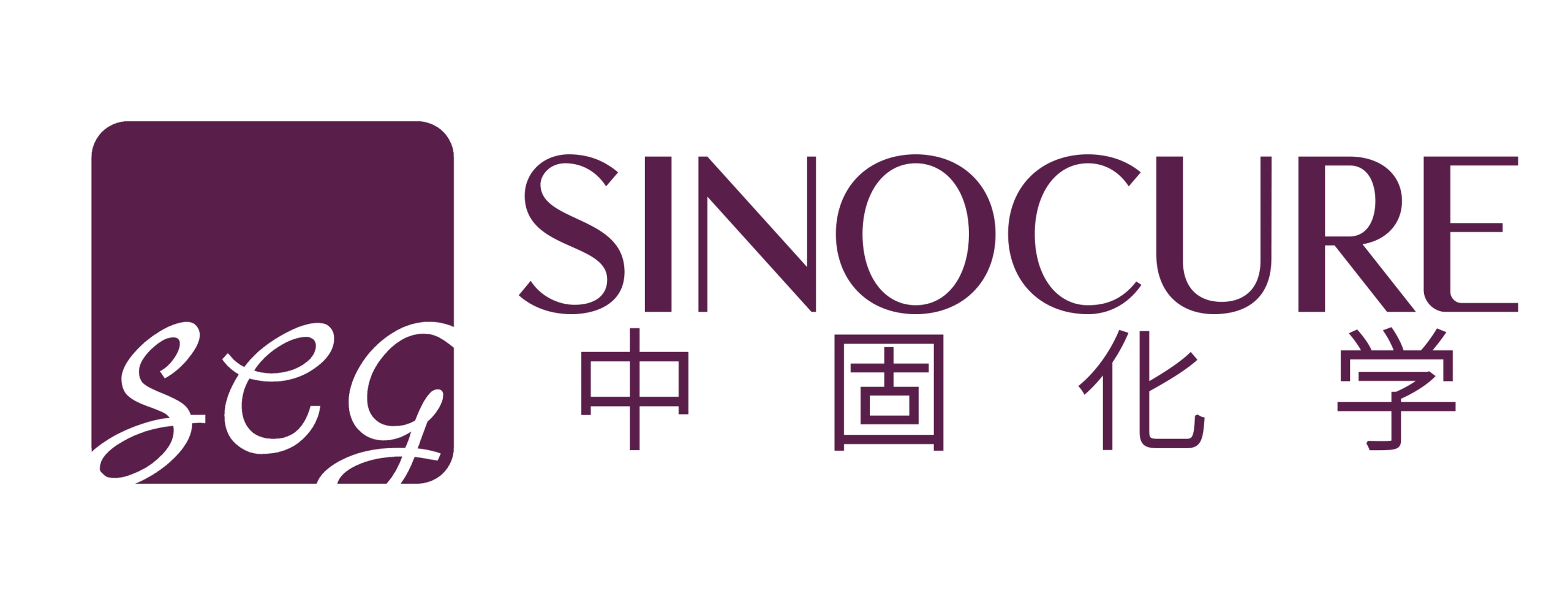cholesterol cas 57-88-5
Chemical Name:Cholesterol
CAS: 57-88-5
Molecular Fomula:C27H46O
Molecular Weight:386.65
Chemical Structure:
Appearance: White or similar sheet crystal
Purity: 99.2%
CholesterolTypical Properties
| Description | White or similar sheet crystal or powder | |
| Melting point | ≥147℃-150℃ | 1483℃ |
| Thetotal steroid content | 98%-102% | 99.2% |
| Cholesterol content | 95% | 95.6% |
| Solubility | Clear and no deposit | Ok |
| identification | Positive | positive |
| Loss on drying | ≤ 0.3 | 0.28% |
| Residues | ≤ 0.1% | 0.08% |
| Specific rotation | -34º~ -38° | -36.5° |
| Acidity | ≤0.3 ml | 0.21ml |
| Heavy Metals | 20ppm max | Complies |
| Solvent residue: 1.acetone2.ethanol | 0.5Mg%0.5Mg% | 0.27Mg%0.23Mg% |
| Conclusion | The results conforms with USP32 EP6 standards | |
What is Cholesterol ?
Cholesterol, also known as cholesterol, a derivative of cyclopentane polyhydrophenanthrene, is an important component of various membrane structures and neuromyelin in human cells. It is a normal human body weighing 70 kilograms and contains about 140 grams of cholesterol. As early as the 18th century, cholesterol was found in gallstones. In 1816, the chemist Bencher named the substance with lipid properties cholesterol. Cholesterol is widely present in animals, especially in the brain and nerve tissue, and is also high in kidney, spleen, skin, liver and bile. Its solubility is similar to fat, insoluble in water, soluble in solvents such as ether and chloroform.
Cholesterol is related to human tissues, bile acids and hormones. It is an indispensable substance in animal tissue cells. It is not only involved in the formation of cell membranes, but also a precursor of synthetic bile acids, steroid hormones and vitamin D3. There are two sources of cholesterol, exogenously derived from dietary cholesterol, endogenously derived from the body’s own synthesis. When exogenous cholesterol is increased, feedback can be used to inhibit the synthesis of endogenous cholesterol. Fat in the diet helps cholesterol absorption. Cholesterol can be converted to bile acids or steroid hormones by metabolism. The absorption of cholesterol is also dependent on the intake. When the intake is high, the percentage of absorption is reduced. The absorption of cholesterol in humans is less than 10% when the intake is high, and the others are discharged through the feces. Cholesterol in the diet is absorbed into the blood in the form of chylomicrons. Since cholesterol is insoluble in water, it is transported in the blood in a form that binds to lipoproteins. The physiological function of cholesterol is to form cell membranes, neuromyelin, brain, and can be converted into bile acids and steroid hormones. The two major lipoproteins involved in cholesterol transport are low density lipoprotein (LDL) and high density lipoprotein (HDL). The former transports cholesterol from the liver to whole body tissue cells, while the latter transports cholesterol from tissue cells to the liver. The cholesterol content in human blood can reflect the overall metabolic status of human cholesterol. The total cholesterol content in fasting blood plasma of normal adults is 2.83~5.17mmol/L. Abnormal cholesterol metabolism can easily cause cholesterol deposition on the inner wall of blood vessels, forming atherosclerosis, causing coronary heart disease and stroke.
Cholesterol Usage
The main raw material of vitamin D3; can also be used to synthesize artificial bezoar; it can also be used as aquaculture feed additive to promote the shelling and growth of shrimp and crab; it can be used for moisturizing in cosmetics.
Cholesterol Packaging
25 kg/bag.
CholesterolStorage
Avoid moisture, rain; keep it in dry and ventilating place.
Contact Us Now!
If you need MSDS,TDS or sample testing, please email us at pharm@sinocurechem.com or use the website live chat to get prompt reply.
